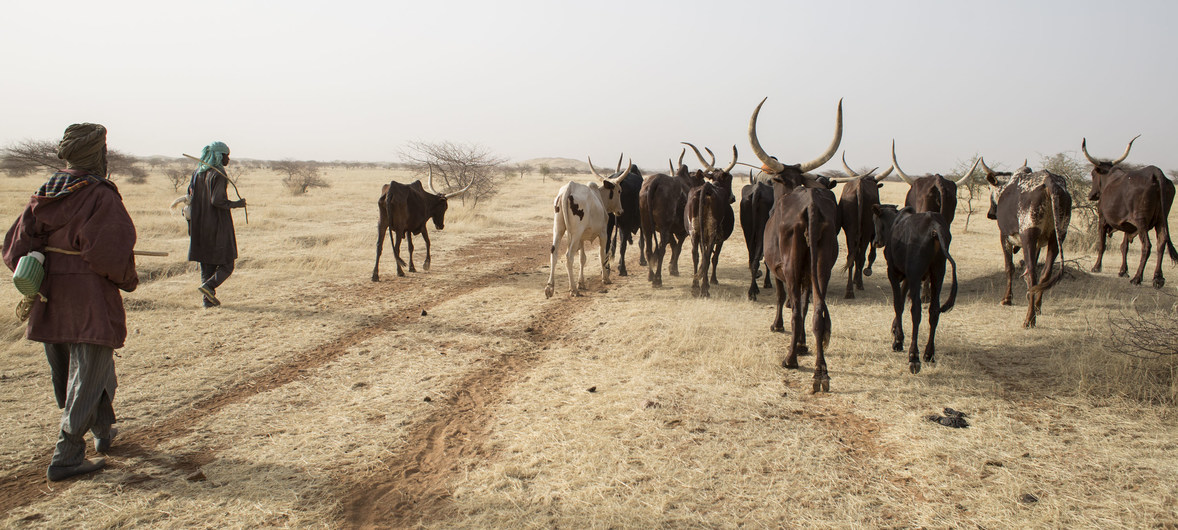
The Food and Agriculture Organization’s (FAO) new Crop Prospects and Food Situation reveals that since its last report in March, the number of countries requiring external food assistance has jumped by two, namely Cabo Verde and Senegal, to 39, according to UN News.
According to the report, civil war and insecurity in Africa and the Middle East have displaced millions – resulting in high hunger rates.
“Poor rains have hit cereal production prospects in South America and Southern Africa,” FAO explained. “Unfavorable weather conditions are also placing a heavy burden on pastoralists in West Africa.”
The food insecure countries on FAO’s list are: Afghanistan, Burkina Faso, Burundi, Cameroon, Cabo Verde, Central African Republic, Chad, Congo, Democratic Republic of the Congo, Djibouti, Eritrea, Ethiopia, Guinea, Haiti, Iraq, Kenya, Democratic People's Republic of Korea , Lesotho, Liberia, Libya, Madagascar, Malawi, Mali, Mauritania, Mozambique, Myanmar, Niger, Nigeria, Pakistan, Senegal, Sierra Leone, Somalia, South Sudan, Sudan, Swaziland, Syria, Uganda, Yemen and Zimbabwe.
Conflict and erratic rainfall
Turning to cereal production, FAO foresees a 1.5 per cent annual drop from last year’s record high, with a larger decline in some areas, such as South and North America and Southern Africa.
“Conflicts have choked agricultural activity in swathes of Central Africa, notably in the Central African Republic and parts of the Democratic Republic of Congo, where access to food is further hindered by surging inflation,” FAO elaborated.
On a brighter note, after consecutive seasons of drought-reduced harvests, fresh rains point to cereal production gains in East Africa.
Meanwhile, abundant rains recently triggered flooding in Somalia, Ethiopia and Kenya, displacing some 800,000 people. In contrast to the trend in the subregion, high staple food prices are rising in Sudan and South Sudan, intensifying food insecurity risks.
In the absence of humanitarian assistance, the number of severely food insecure people in South Sudan is expected to rise to 7.1 million people during the June-July lean season.
Turning to Asia, the cereal harvest is projected to remain similar to last year's, with recoveries in countries affected by unfavorable weather conditions, including Bangladesh, Viet Nam, the Democratic People's Republic of Korea and, to a lesser extent, Sri Lanka.
While favorable crop conditions in India and Pakistan mean wheat outputs are expected to rise further, fair weather will not be enough to boost crop production in war-afflicted areas, as chronic conflicts impedes access to fields such as in Iraq and Syria, where this year's harvests are expected to decline further.
1396**1396
Follow us on Twitter @IrnaEnglish
 solhkhabar | Peace International News Agency Peace International News Agency , Peace News , International Agency News of Peace
solhkhabar | Peace International News Agency Peace International News Agency , Peace News , International Agency News of Peace